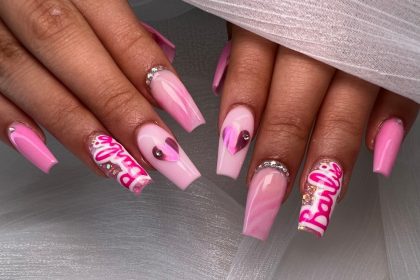Exfoliation is a crucial step in any skin care routine, especially for those looking to achieve a healthy and radiant complexion. By removing dead skin cells, exfoliation helps to unclog pores, brighten the skin, and promote collagen production, leading to a more youthful appearance. In this comprehensive guide, we will explore the different types of exfoliation, how to properly exfoliate your face, the best exfoliants for various skin types, and important considerations for safe exfoliation.
What is exfoliation?
Exfoliation is the process of removing dead skin cells from the skin’s surface. According to dermatologist Brendan Camp, M.D., exfoliation can be achieved through two primary methods: physical and chemical exfoliation. Both methods work to eliminate the buildup of dead skin cells, resulting in brighter, smoother skin.
Types of exfoliation
There are two main types of exfoliants:
- Physical Exfoliants: These exfoliants work by mechanically buffing away dead skin cells. They often contain granules or particles, such as sugar, salt, or ground coffee, that help to physically remove the skin’s surface layer. Dry brushing is another popular method of physical exfoliation.
- Chemical Exfoliants: These exfoliants use acids or enzymes to dissolve the bonds between dead skin cells, allowing them to be removed more easily. Common chemical exfoliants include alpha hydroxy acids (AHAs) like glycolic and lactic acid, and beta hydroxy acids (BHAs) like salicylic acid.
How to exfoliate your face
Proper exfoliation depends on the type of product you are using. Here are some steps to follow:
- Wash Your Face: Start with clean skin to ensure that the exfoliant can work effectively.
- Exfoliate: Apply your chosen exfoliant according to the product’s instructions. For liquid exfoliants, use a cotton pad to apply the product. For physical exfoliants, use your fingers to gently rub the product into your skin in circular motions.
- Moisturize: After exfoliating, apply a gentle moisturizer to soothe and hydrate your skin.
Choosing the right exfoliant for your skin type
Different skin types require different exfoliation approaches:
- Sensitive and Dry Skin: Opt for chemical exfoliants, as physical exfoliants may be too harsh.
- Oily Skin: Salicylic acid is an excellent choice for oily skin, as it helps to unclog pores.
- Combination Skin: Those with normal or combination skin can use either type of exfoliant, but should avoid over-exfoliation.
Who should avoid exfoliation?
While exfoliation can benefit most skin types, certain individuals should exercise caution. Those with sensitive skin, skin conditions like rosacea, or active skin infections should avoid exfoliation or consult a dermatologist before proceeding.
How often should you exfoliate?
The general recommendation is to exfoliate two to three times a week. However, some dermatologists suggest a more conservative approach of one to two times per week to avoid disrupting the skin barrier.
Recommended exfoliants
Here are some expert-recommended exfoliants:
- Paula’s Choice Skin Perfecting 2% BHA Liquid – A great choice for oily skin.
- Sunday Riley Good Genes Lactic Acid Treatment – Ideal for brightening and smoothing skin.
- Caudalie Vinoperfect Dark Spot Glycolic Night Cream – Helps with dark spots and uneven skin tone.
Should you exfoliate with wet or dry skin?
The answer depends on the type of exfoliant. For scrubs, damp skin is often recommended, while many chemical exfoliants work best on dry skin.
Exfoliation is an essential part of maintaining healthy skin. By understanding the types of exfoliants available and how to use them correctly, you can achieve a radiant complexion. Always consider your skin type and any sensitivities before choosing an exfoliant, and consult a dermatologist if you have any concerns.















